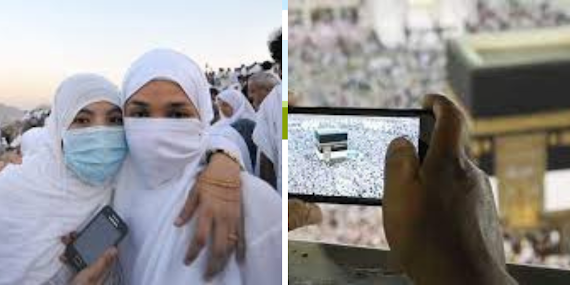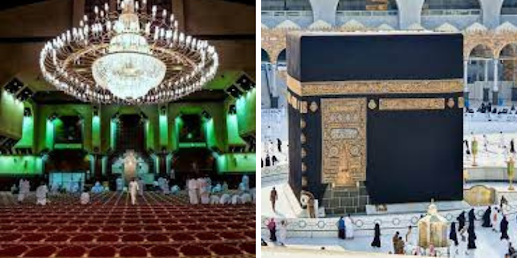CAN YOU GO FOR UMRAH AFTER HAJJ RITUAL.
Can you go to Umrah after Hajj?
Introduction of umrah:
Umrah is a pilgrimage to Mecca that can be undertaken at any time of the year, while Hajj is a specific pilgrimage that takes place during the month of Dhu al-Hijjah, the last month of the Islamic lunar calendar.
Many pilgrims choose to combine both Hajj and Umrah during their visit to Mecca. This is known as "Hajj Tamattu'" or "Hajj Qiran." In this case, the pilgrim performs Umrah first, enters into a state of Ihram (a sacred state of purity and intention), and then performs the rituals of Umrah. After completing the Umrah rituals, the pilgrim remains in the state of Ihram and proceeds to perform the rituals of Hajj.
However, it's important to note that there are specific timeframes and procedures for both Hajj and Umrah.
If you plan to perform Umrah after Hajj, it is advisable to consult with local authorities, travel agencies, or religious scholars who can provide you with the most accurate and up-to-date information regarding the procedures and requirements for performing Umrah after Hajj.
A precise description of the process:
- Completion of Hajj:
After finishing the Hajj rites, such as standing on the table of Arafat, finishing the night in Muzdalifah, and stoning the pillars symbolising Satan in Mina, the Hajj is believed complete.
- Entering the state of Ihram:
To complete Umrah after Hajj, pilgrims must penetrate into a condition of Ihram again. Ihram is a religious state of ritual holiness and purpose. Pilgrims should clean, wear the prescribed dress for Ihram (for men, it consists of two seamless white sheets, and for females, it is their normal modest attire), and make the choice for Umrah.
- 3. Travel to Mecca:
Pilgrims then travel to Mecca, the holy city, where the Kaaba is located. They can either travel straight to Mecca from Mina to their place of residence and then come back to Mecca thereafter.
- Tawaf:
Upon coming to Mecca, the pilgrims complete Tawaf, which concerns revolving the Kaaba seven times in a counterclockwise demand. It is recommended to start the Tawaf from the Black Stone (Hajar al-Aswad) corner if feasible, but if it's loaded, one can start from any particular.
- Sa'i:
After finishing the Tawaf, the pilgrims move to perform Sa'i. Sa'i affects walking seven terms between the cliffs of Safa and Marwa, following the footsteps of Hajar (the wife of Prophet Ibrahim). This celebrates her quest for moisture for her son Ismail.
- trimming the hair:
After the Sa'i, men traditionally shave their heads entirely, while women trim a small part of their hairsbreadth. This act represents the culmination of the Umrah rites.
- Release from Ihram:
At this point, the pilgrims are released from the condition of the Ihram, and all conditions involved during Ihram are lifted. They can currently sport their traditional clothes and continue their normal movements.
It's worth mentioning that the overhead steps deliver a broad summary of completing Umrah after Hajj. However, it's important to track the detailed direction and education given by the local management, and travel agents, as procedures may vary. It's advisable to confer with them to confirm you have the most authentic and up-to-date knowledge before venturing on your journey.
Halaq or Taqsir
Taqsir refers to minor trimming of the hair which is applicable for both genders for leaving the state of Umrah. But Halq is only recommended for men, not for women. Ladies should only cut their hair equal to the length of their fingertips during Taqsir.
Umrah is a short pilgrimage which starts after wearing Ihram and ends after performing Halq/Taqsir. Both middle rituals (Tawaf and Sa'i) of Umrah are performed in Masjid Al-Haram. Every pilgrim must enter the state of Ihram before crossing Miqat.




Comments
Post a Comment